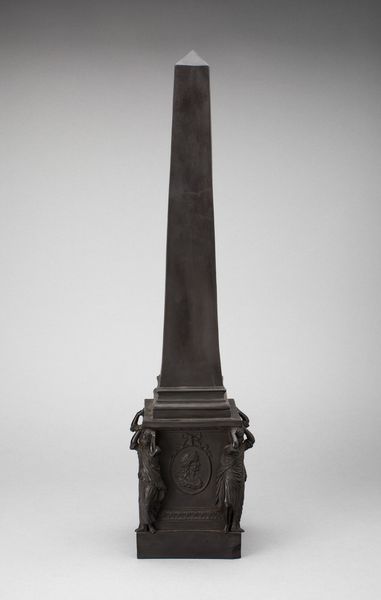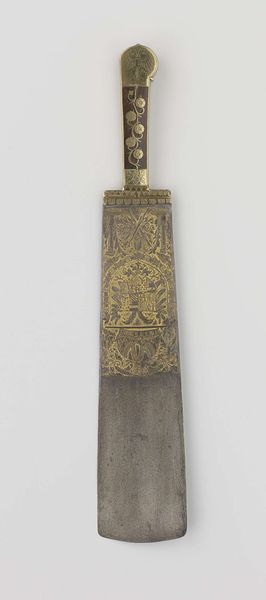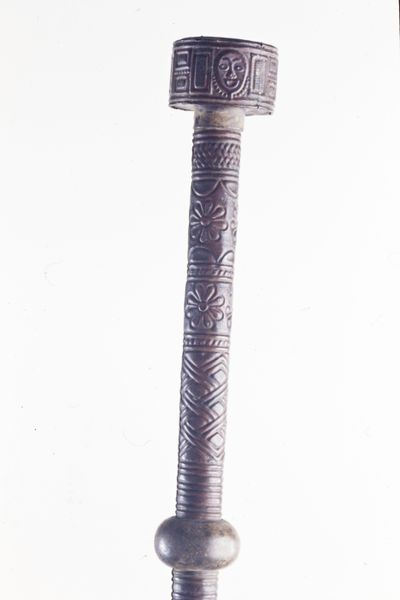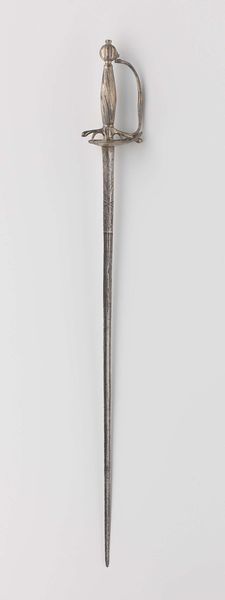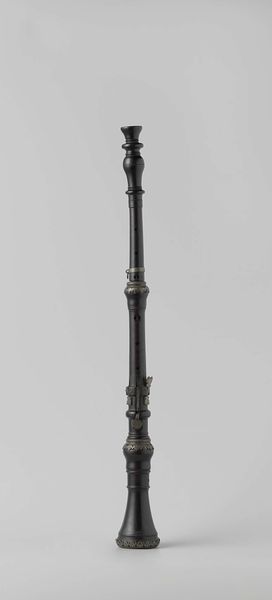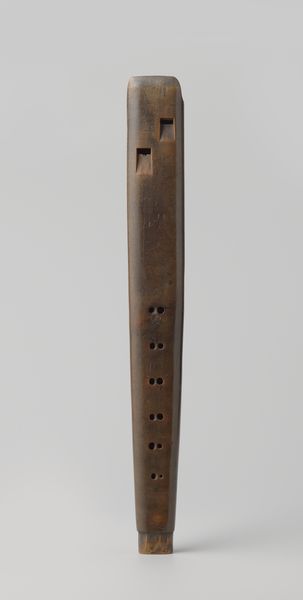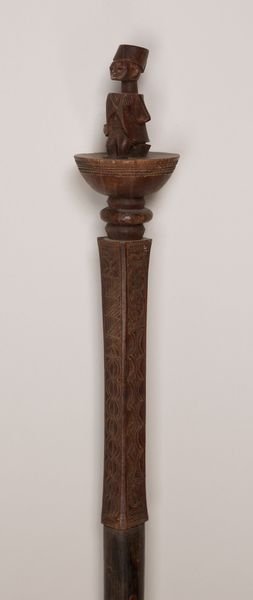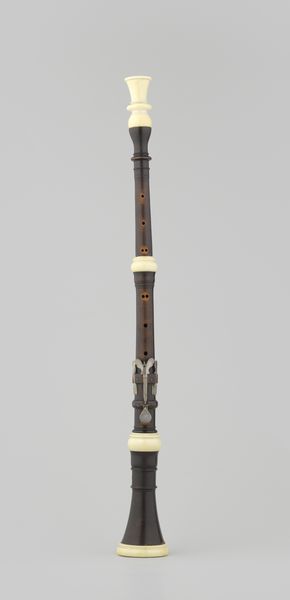
metal, bronze, sculpture
#
baroque
#
metal
#
sculpture
#
bronze
#
sculpture
Dimensions: length 123 cm, length 12 cm, length 111 cm, diameter 55 mm, diameter 21 cm, weight 119 kg
Copyright: Rijks Museum: Open Domain
Curator: Standing before us is the "Kanon van familie Reygersberg," a bronze cannon crafted in 1678. Editor: It strikes me immediately with its cold, somber feel—almost as if the darkness of gunpowder has permeated the very metal. The cannon is highly ornamental, belying its destructive purpose. Curator: Absolutely. Think about the labor involved, from the mining of the ore to the casting and intricate chasing work decorating its surface. Consider the skilled artisans who dedicated themselves to creating something that could simultaneously embody power and artistic mastery. Editor: Yes, the elaborate Baroque decoration, commissioned no doubt by the Reygersberg family, becomes a complicated assertion of their status amid conflict and societal upheaval. How do we reconcile the beauty and craftsmanship with the inherent violence it represents, and who were those artisans and where do they figure into the histories written by power? Curator: Precisely. We see this tension reflected across the decorative arts of the period—where craftsmanship and social context are linked in material culture, telling a complex story about class, power, and taste. The chasing technique employed really brought out the fine detail. Editor: Looking at its cultural context, it appears this weapon was not purely functional, but it became a vehicle to signal allegiance to those in authority, while violently suppressing dissenting voices among their populace. And to whom did this allegiance serve? Curator: Indeed. While the bronze reflects superior metallurgical techniques, it's the decorative chasing of symbolic power that I'd focus on. To think of the workbenches and social setting for this artwork fascinates me, from process and social standing. Editor: Ultimately, I'm left questioning how instruments of violence can ever truly become objects of beauty, and about how this period and this object became what defined modernity. Curator: And that dialectic encourages us to investigate its position within its era. Editor: Absolutely, this artwork underscores that historical objects demand us to discuss conflict and privilege to find deeper understandings of what society values.
Comments
No comments
Be the first to comment and join the conversation on the ultimate creative platform.

